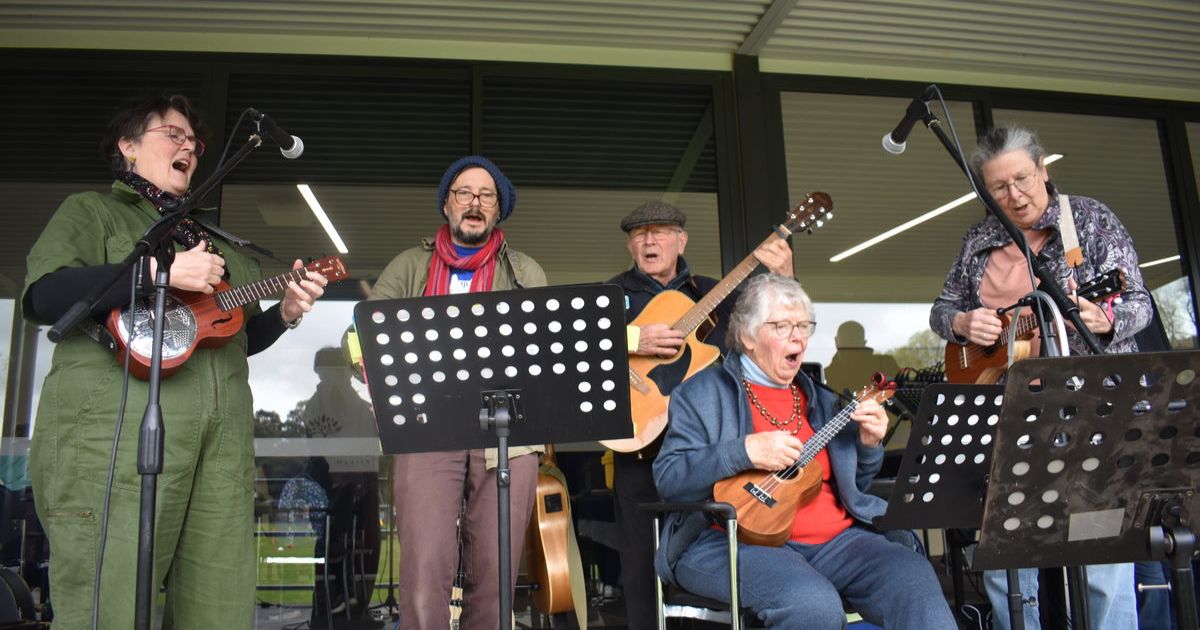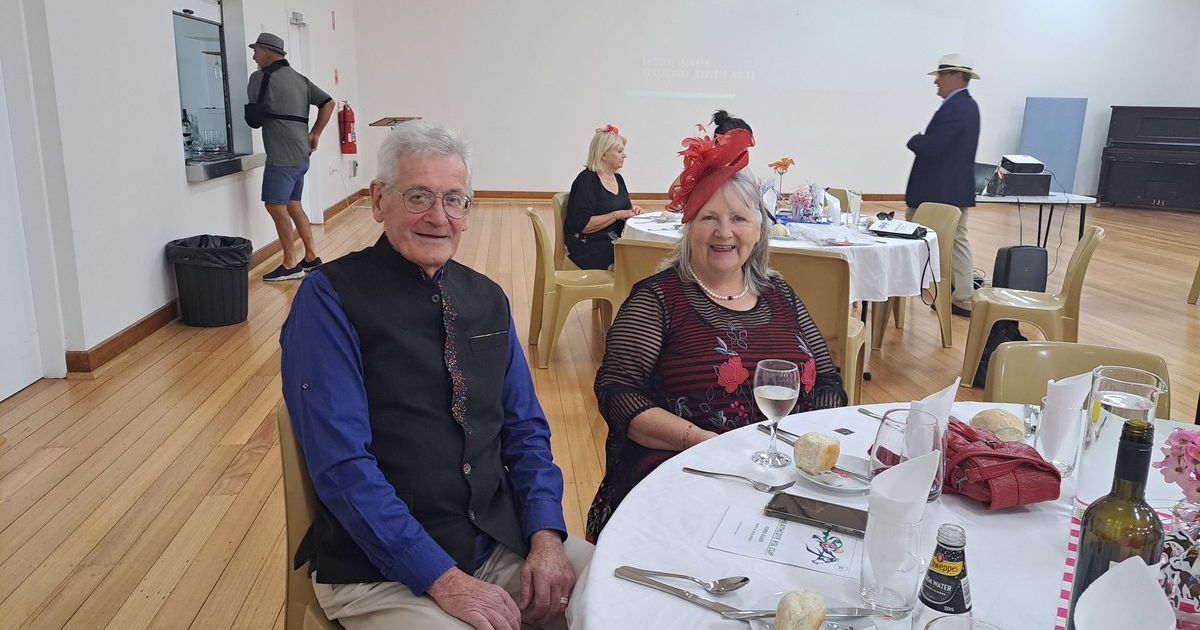Memories of arrival wanted for 170th
HEATHCOTE turns one-hundred and seventy this year and the community is being invited to share stories about how their family came to the district.
Elizabeth Murfitt, McIvor Historical Society research officer and museum curator, said she wanted to collect family histories from as many people as possible.
“It doesn’t matter how long you’ve been here,” she said. “You could be a sixth generation Heathcotean or a five-minute blow-in, we want your stories.
“I’m in the process of putting together a form for people to fill in.
“You’ll be able to pick it up from the Heathcote Post Office, the visitor information centre and the historical society, they’ll be available before Easter.”
The histories will be compiled into a booklet and there are plans for a public display.
“I’m not interested in anything too regimented. I want people’s reminiscences and anecdotes; they will go in the book too.
“If we end up having a picnic on Barrack Reserve with all the families involved that would be great.
“It will be something that people can physically take home with them that’s a memento of a community that’s 170 years old.
“We’ve lost so many of our older generation in recent years that we’re losing the history and the connection to the history.
“There are very few towns in Victoria that can boast that they’ve been there for this long.”
Ms Murfitt said there was also an opportunity for other community organisations to come on board with their own projects for the anniversary.

Major Thomas Mitchell was the first known European to travel through the district
in 1836, and the wheel tracks left by the bullock drays on his expedition marked what’s now known as the Major’s Line.
It ran from Portland to Albury and was followed by several pastoralists seeking new land in subsequent years.
Some settled in what was then known as the McIvor district, but the discovery of gold in late 1852 led to a population explosion and rapid change.
A camp city sprang up almost overnight and the township became known as Heathcote.
Within short period there was a police court and a post office, and the town was surveyed and subdivided.
By its 10th year Heathcote had gained both a hospital and a large shire hall.
As the gold rush slowed, farming become the mainstay of the district with wool production at the forefront.
The construction of Lake Eppalock in the mid-20th century gave the town a new boost with an increase in tourism.
While winemaking has become one of the district’s leading industries in recent decades.


















